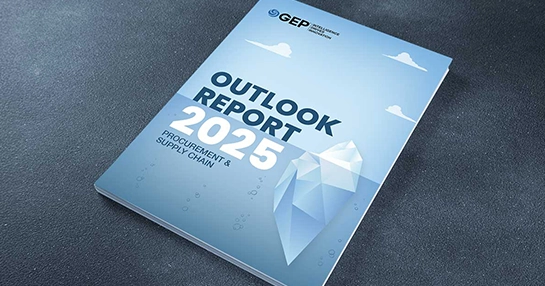
Don’t Let Tariffs Hurt Margins, Get Intelligent Category Management
- Category management today demands more than just spend visibility or supplier tracking.
- It requires category managers to act on real-time intelligence and in-sights to align category strategies with larger enterprise goals.
- Category managers should leverage AI-powered platforms that provide access to real-time intelligence and support complex decisions.
June 02, 2025 | Procurement Software 4 minutes read
How should procurement teams and category managers handle the impact of tariffs?
For category managers, the way to navigate this testing period is to first get timely access to all category-related data and market intelligence in one place. How can they succeed in this endeavor? Let’s look at an example.
Industries that rely heavily on electronics imports from a single country or region have to quickly adjust their sourcing strategy. They may look to source electronic components from new suppliers and locations. Or they may choose to rework their contracts with existing suppliers and add fresh clauses related to tariffs.
Technology giant Apple has announced that it is shifting the production of most iPhones and other devices to be sold in the U.S. away from China. iPhones bound for the US market will now be made in India, while iPads and Apple watches will be manufactured in Vietnam. According to the company’s estimate, U.S. import taxes could increase its costs by about $900 million in the current quarter.
Another example is that of top footwear brands that source and produce most of their footwear in Vietnam. With a new 46% tariff imposed on Vietnamese goods entering the U.S., these brands will have to amend their sourcing strategy. This is a huge challenge, as these companies have relied on Vietnamese factories for a long time. Amid rising costs, Nike’s stock has dropped to its lowest level in nearly eight years.
Tariffs Can Be Unpredictable, But Your Response Doesn't Have To Be
Get real-time intelligence and a clear view of your exposure across suppliers, categories and regions
How Category Management Has Evolved
Category management has undergone a fundamental transformation in the last few years. It is no longer just about consolidating spend and securing the lowest price, but more about shaping the larger business strategy.
Category managers have to strike a balance between cost, risk, supplier performance, innovation, and ESG goals. The scope of their work increasingly touches every part of the business.
While category management has always demanded focus, deep insight and quick decision-making, the speed and complexity of today’s global environment have rendered traditional tools incompetent.
Static dashboards and backward-looking reports won’t work today.
Instead, category managers now need dynamic, real-time intelligence to anticipate risks, identify opportunities and guide data-driven category strategies.
In this endeavor, category managers should leverage AI and advanced analytics to access real-time intelligence as well as end-to-end visibility across the source-to-pay (S2P) cycle. Complete visibility can help them determine which levers to pull to fine-tune performance: supplier mix, payment terms, inventory management or contract utilization.
Category Managers Need High-Tech Platforms
Category managers don’t need more data. They need the right data, delivered in context, with clear instructions on what to act on and when. They need category management platforms that can combine intelligent recommendations, predictive insights, scenario modeling and end-to-end visibility. They also need tools that can help test assumptions, evaluate trade-offs and adjust strategies in real time.
Category managers must be able to use AI-powered insights, predictive analytics and contextual data to make informed decisions. They should also be able to dynamically adjust strategies to market shifts, disruptions or internal priorities without losing sight of long-term objectives. At the same time, they need to build strong relationships with suppliers and focus increasingly on co-innovation, shared accountability and mutual growth.
With procurement growing in stature, businesses need category leaders who can think and go beyond their individual categories and connect data and insight to action at enterprise level. This means they need more than just static dashboards. They need advanced platforms that eliminate silos, collate intelligence in real time and support complex, high-impact decisions across categories and business functions.
How Market-Leading Companies are Dealing with Tariffs
Read the new GEP bulletin to learn tariff response strategies by experts
How Intelligent Category Management Can Help
GEP’s Intelligent Category Management (ICM) solution provides a centralized workspace for developing, refining, and executing category strategies. It includes real-time market intelligence with access to 100,000+ market indices to track market pricing and trends and 400+ cost models. It integrates spend data, supplier performance, contract terms, market benchmarks and risk indicators, all in one intelligent workspace.
Powered by AI, GEP’s ICM can surface early warnings, predict shifts, and recommend sourcing strategies based on real-time data. It also enables scenario planning and collaboration by empowering procurement and suppliers to co-create strategies and evaluate trade-offs in a shared environment.
Learn more about how GEP’s Intelligent Category Management supports end-to-end execution – from opportunity identification to sourcing events, negotiation, and performance tracking.



